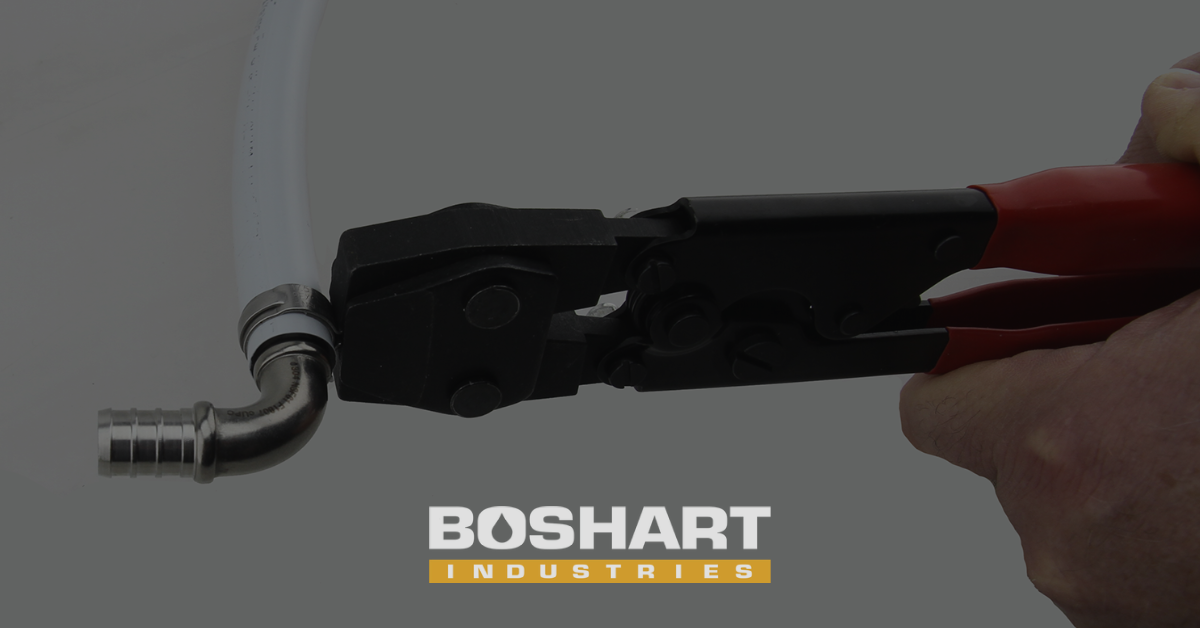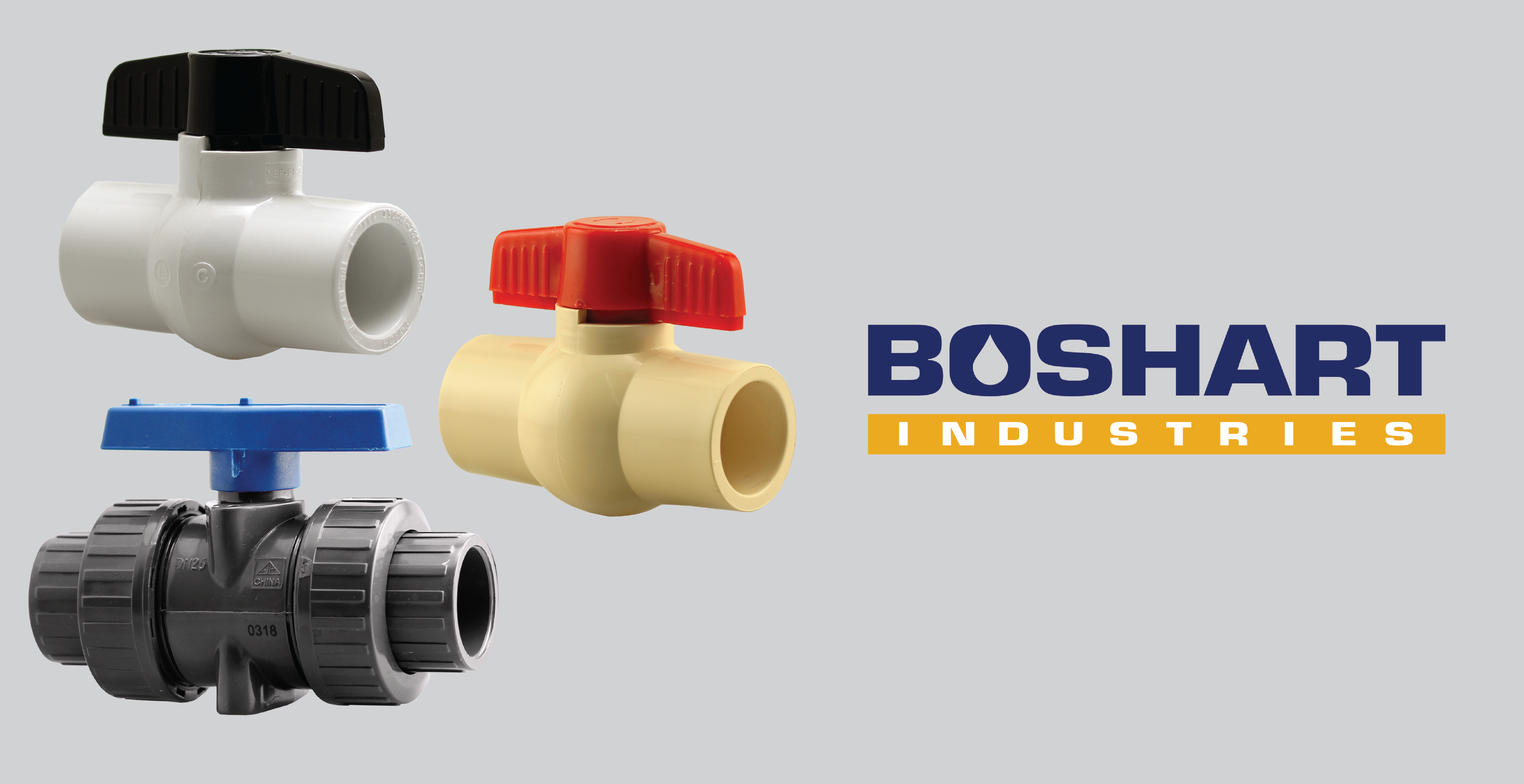PVC is a very common material in the plumbing world but do you know everything there is to know about PVC pipe and fittings? I know I don't. Over time we hear things that sound right but might not be, I'm here to clear some things up about PVC pipe and fittings.
In this blog we are going to cover one truth about the wall thickness of PVC and 3 myths that are believed in the industry but are just not true!
Schedule 80 has a thicker wall than schedule 40 - Truth
There are two main types of PVC fittings & pipe, schedule 40 & schedule 80. The schedule of PVC fittings and pipe can generally be determined by color, schedule 80 is gray and schedule 40 is white. But other than the obvious color, what's the difference? It's a matter of wall thickness, the color is simply used to identify between the two.
In PVC pipe, the inside diameter is what changes to increase the wall thickness. Both sch 40 and 80 pipe have the same outside diameter. In PVC fittings, it is the outside diameter of the fitting body that changes to increase the wall thickness. Both sch 40 and 80 fittings have the same slip or socket inside diameter.

For both pipe and fittings schedule 80 has a greater wall thickness than Schedule 40. All that being said, if you buy 1" pipe you need 1" fittings, and if you buy 2" pipe you need 2" fittings etc.
Gray Schedule 80 PVC can be used for electrical applications - Myth
Gray Schedule 80 PVC fittings and pipe are not for electrical conduit. The fittings sold for plumbing applications do not have the required approvals for electrical applications. So even though they look similar make sure the right PVC parts are used for the right applications.
Thicker is always better - Myth
The increased wall thickness of schedule 80 PVC is necessary in some applications. In others it could be overkill and actually slow down the flow thorough the system as the inside diameter is smaller.
Schedule 80 fittings are used in applications such as chemical processing, industrial plating, deionized water lines, chemical drainage and waste water treatment systems. Schedule 40 pressure fittings are used in applications such as potable water, irrigation, golf course construction, and pool & spa.
Even though it is possible to combine schedule 80 and schedule 40 PVC together it is not recommended. This is because the changing internal diameter can cause friction or uneven flow.
The color of PVC valves determines what pipe it can be used with - Myth
PVC ball valves often get associated with schedule 40 & 80 when in actuality the schedule has nothing to do with valves at all. These terms refer to pipe and fitting wall thickness, not valve wall thickness.
Some manufacturers have carried the terms schedule 40 and schedule 80 over to valves even though they really don't apply. Valves are rated by pressure not wall thickness so the color is just there for preference.
Bonus: Multiple connection types available - Truth
PVC fittings generally use socket/spigot connections, but you can find MPT & FPT connections too. For the most part pipe is connected to socket fittings. Where two fittings are needed next to each other, a spigot can be used to eliminate the need for the pipe.
Understanding more about PVC fittings and pipe helps make the right decisions about where it can be used and what schedule to use. The more you know the easier it is to make an informed decision on your next PVC project.
Have further questions about this subject?

Head over to Boshart's Knowledge Base: technical product information, guidelines, and more.


.png)

SHARE